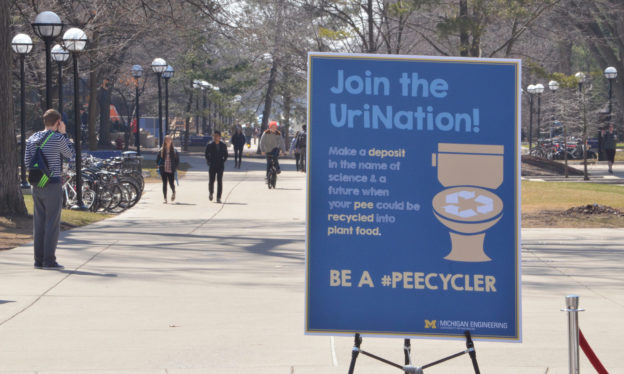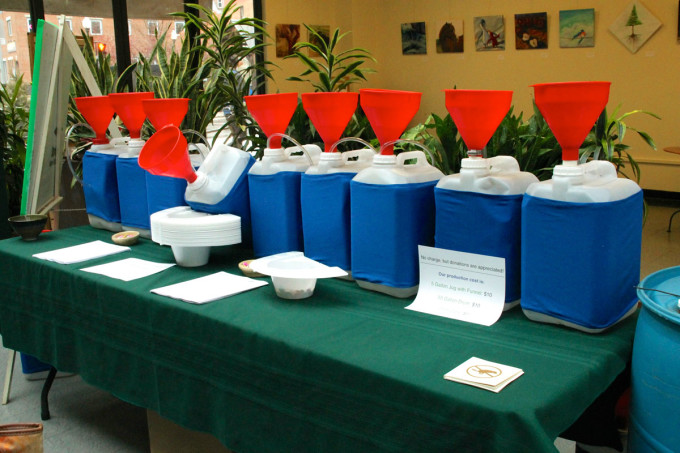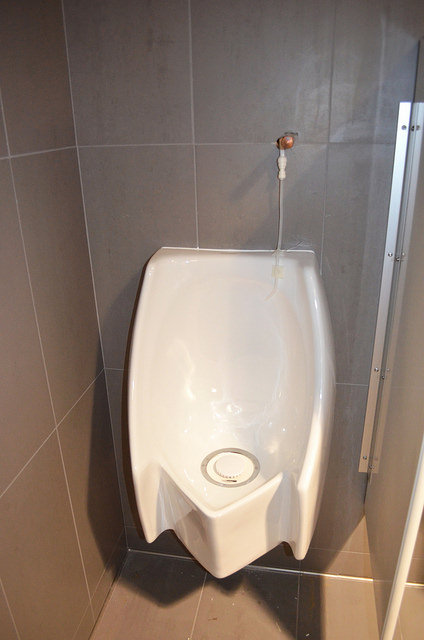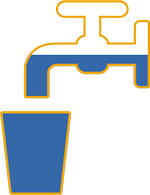Urine Diversion

Urine Diversion is the practice of keeping human urine separate from the rest of the wastewater stream. This is typically done using a urinal or specialized toilet that is connected to a urine storage tank. Collected urine can be used as fertilizer, either around the home or on a nearby farm. Depending on the crops fertilized, a sanitization step may be advisable.
Urine contains most of the plant nutrients found in human waste. Separation of urine at the source keeps these nutrients from causing water pollution and allows them to be used as an agricultural resource.
Urine-Diverting Toilets
Urine-diverting flush toilets have a special urine collection basin at the front of the toilet bowl, which catches the urine and drains it to the urine collection tank. Many urine-diverting toilets require little to no water to flush urine, resulting in substantial water savings.

A variety of plastic urine-diverting inserts are available commercially for home construction of urine-diverting dry composting toilet systems.

Urine-diverting latrines are being used in many parts of the world. Sanitation is improved by separating the urine because it allows the feces to dry, killing harmful pathogens more quickly. Urine collection for use as a fertilizer is also possible.
The Rich Earth Institute’s portable 5-gallon urinals allow participants to collect urine odorslessly. The funnel assembly screws securely onto the jug and the cloth sleeve improves aesthetics. A ping-pong ball sits inside the funnel, sealing the opening and blocking odors, but floating up when urine needs to pass. When full, users unscrew the funnel, attach a tight cap, and bring full containers to the urine depot.

Waterless urinals have great potential to be used to collect urine. Waterless urinals are used like any other urinal, and many public restrooms have already been fitted with such systems to conserve water.



